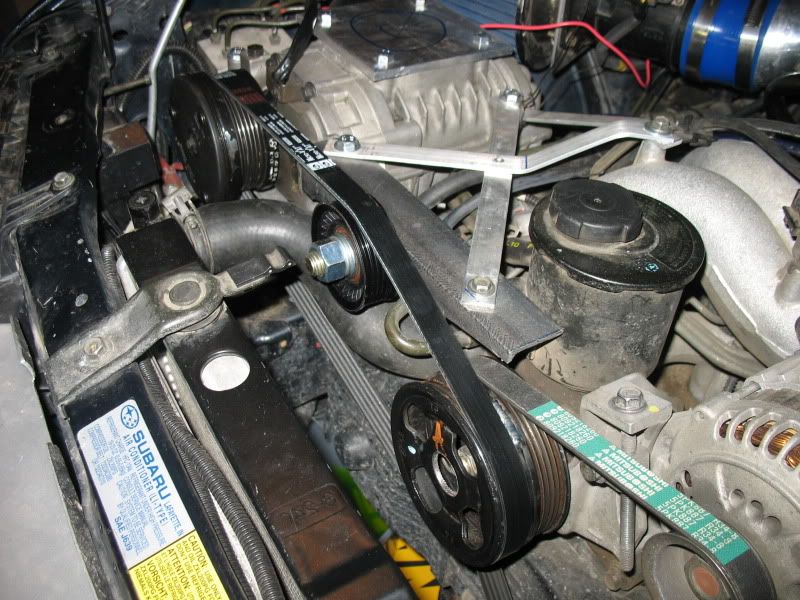The What: An electric motor assist with PHEV capabilities.
The When: Should start work in the next month. I plan to get the batteries with the next paycheck and the motor with the one after that.
The Why: Partly for fun, partly for fuel saving, partly for just outright doing something that hasn't been done before.
The How: Less than 5000$
And begin..
OK, after some research, I've started saving up my pennies (and nickles, and dimes, and quarters, and dollars..) to buy the necessary parts. Here is the current plan:
Start off with 8, 6Volt Trojan T105's that I can get locally for a good price, giving me a 48V 225AH pack. These will fit in my trunk area without limiting too much space, and I would still be able to access the spare tire well. I plan to keep the car as functionally stock as possible with this project. And Subaru's are very annoying if you don't have a full sized spare with you. (Ask me how I know that.) Ideally, I'd like to cover up the batteries with something like a fake sub-woofer box to hide them, but that's way down the line.
With the batteries in the back, an independent throttle somewhere in the cabin (Thinking the gear shifter right now, but nothing certain) I plan to get an electric motor from Thunderstruck EV, and am considering to attach it to one of 3 points:
1) Chaining it into a half-shaft and powering one wheel with the motor. This is what Coyote X has done with his Metro, and it was shown to work.
2) Bolting it between the drive-shaft and the rear differential. This is what the Eco+Muscle project did on there similar project, and it was also shown to work. The only plus side I see here is power would go to both rear wheels versus 1 wheel using method 1. Both of these methods have a problem with proper gearing (An important aspect in WV, both of these methods would essentially have a 1 speed transmission, I either wouldn't have enough power for hills or I would run out mph on the highway and over rev the motor) which leads me to option 3..
3) Attaching it directly to the engine via a drive belt. A sort of "Electric Supercharger" This would be the most practical, but probably least efficient method. (Since the stock engine would still have to spin up to RPM X to get me moving, according to scangauge this max's out around 100 mpg, but in neutral I've seen as high as 400 mpg). Essentially, the car will be driven normally, but with the assist it will drive as if it's always going downhill. This method is probably what I will be going for. I was worried that the belt might not be able to handle the power at first, but I realized that a parasitic drag of a supercharger is anywhere from 25 to 100 HP, and that power is transmitted via a serpentine belt. If that much power can be transmitted via a belt, why couldn't it work in reverse?
Using either of the first 2 methods, I was worried that gearing would be a major problem. I would either not have enough gearing to go up hill, or I'd have to find a way to disable the motor after XX mph. Using method 3 I still get to keep full use of the stock transmission, giving me proper gearing at all times.
Here is a picture of a similar engine bay to mine, that someone added a supercharger too:


The e motor would be roughly the same size, so assuming I can get a proper sized pulley on the motor, it should be good. I'd also plan to power the crank directly with a 3rd belt instead of powering it off of the P/S pump as shown in the picture. In fact, the person who did the above later used the same method!

Lots more piping and things in this picture though. But you can see what he's done still. He says it works well and he's completely satisfied with it after many miles.

One last thing: I can't simply put the car in neutral and go around with the engine off, the transmission's clutch pack will not accept it and will burn up in just a few miles.
Any questions or comments from you guys? I'd like to have at least someone tell me this idea could work.
